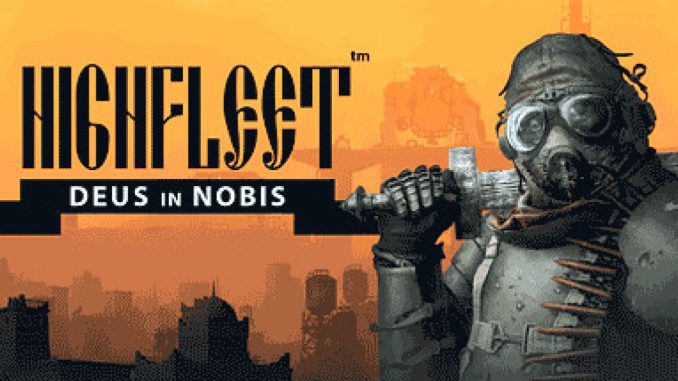
Introduction
(Initially created August 5th 2021 for game version 1.1)
Building effective ships in Highfleet can be extremely frustrating to new players; but is a very rewarding task. Player ships can significantly out-class built-ins in terms of cost-performance and efficiency.
This guide is oriented towards players who are not cheating or have not racked up a giant score for new game mode. While the guide can help players who don’t care about fuel expense or cost efficiency, these items are an important consideration in the guide.
Ship Editor Basics:
Hopefully someday Konstantine will explain this ingame… I’ve had to tell dozens of players how to place multiple parts without going back to the parts menu every step…
-You can hold shift whilst placing parts (left click) to retain that piece on your cursor, so that you can place another immediately.
-You can create a disconnected segment of a ship, band-box select it, then right click lift the entire piece. You can place/rotate the entire piece… including shift-placement for very fast construction.
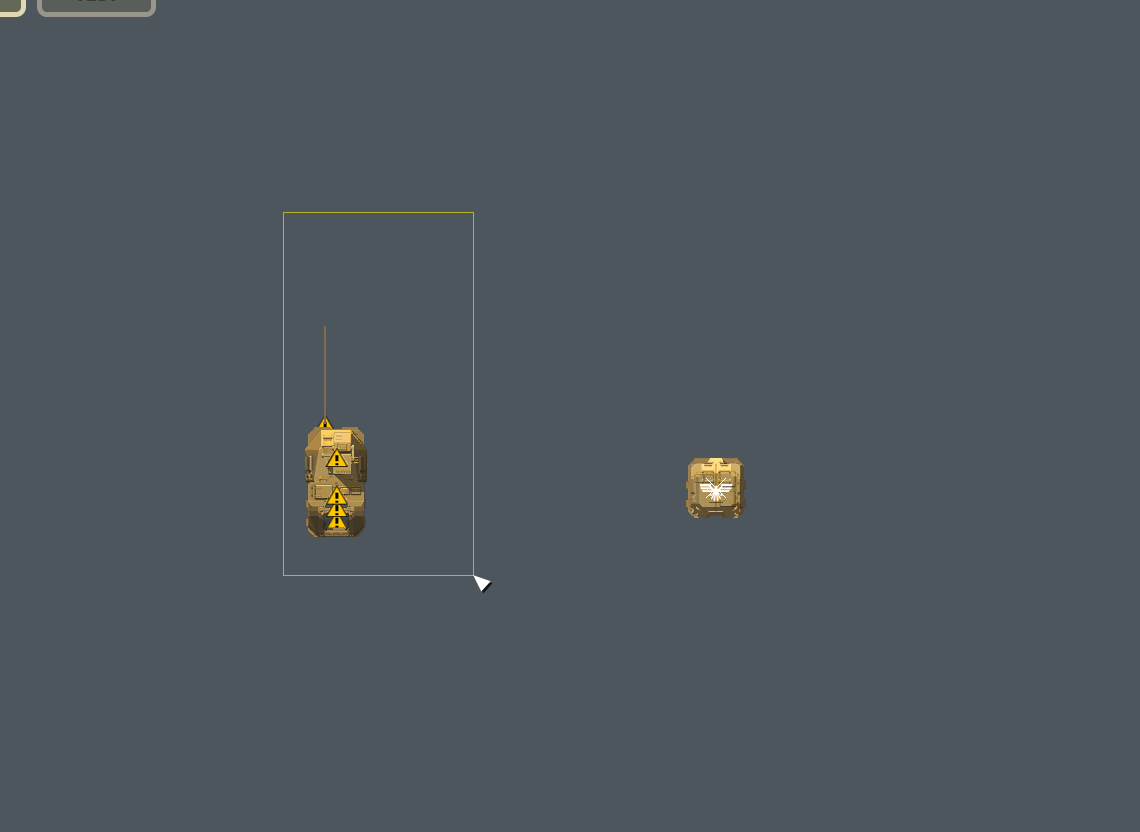
Fig.1
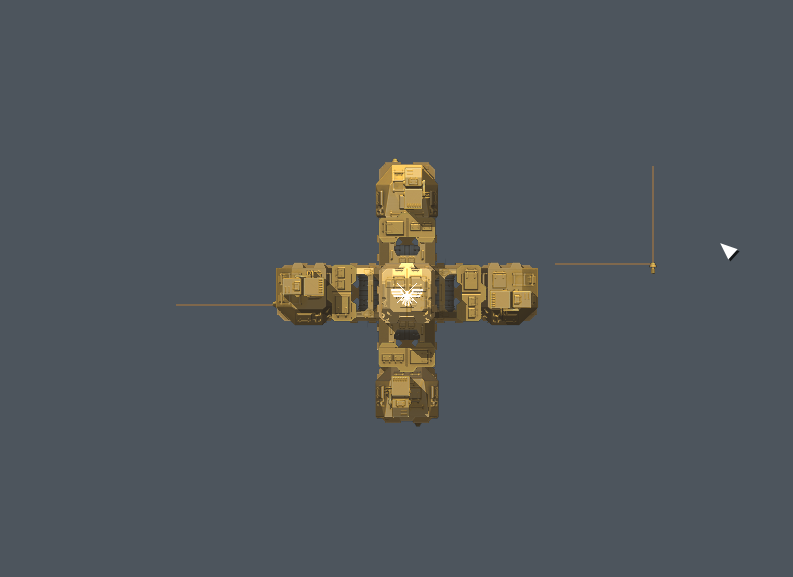
Fig.2 Incidentally, I discovered a placement bug with the antenna…
-If your editor seems to have locked up, drag select your main hull (the piece of ship containing the Bridge) and right click to attach to your cursor. Place it somewhere empty and your game should be responsive again. This is assuming you are building a sane ship under 200k of cost, ofc…
Highfleet Ship Design Theory
Hybrids suck. Do not build hybrids. Some may find this controversial, but this seems really obvious, and quite a few other players agree with me on this. Combat Ships (that are designed to duke it out in Tactical ship vs ship combat) and Strategic/Support/Auxiliary ships should be built very differently.
(Other than AAW pickets, but they are a special case and the angles your opponents will start from in Air Defense Mode are far more limited than in Ship vs Ship)
Reasoning?
-In ship vs ship combat, you get to pick which ships on your team get to appear in combat. Thus, unless you screw up badly, there is no reason for your tanker, missile carrier or sensor ship to ever have to get shot at by cannons.
-Combat ships want to minimize cross-section, to minimize probability of getting hit and mass required for a given armor thickness. Lots of fuel tanks *greatly* increases cross section, mass, and engine count required to achieve a given design speed, making them inferior in combat.
-(Good) Combat ships should use mostly gimballed engines to have maneuverability in combat. This means they are less fuel efficient for a given mass of ship and design speed.
-Electronics (Search Radar, ELINT, FCS Radar, IRST, and Jammer) do not function behind armor. They have reduced function through structure too, so don’t get too fancy with structural cages.
-Support ships want to use as many static engines as possible, to maximize their fuel efficiency (as well as cruise speed for a given budget).
It is my experience that a fleet of optimized combat ships and optimized support craft is both deadlier/more durable in combat and more fuel efficient than a fleet of hybrids.
Fundamentals of Combat Ship Design
Ships need to consider how they will fight, what class of targets they will prefer to hunt, and how they will protect themselves. Players must also consider their own limitations; saying “speed is overpowered and the best defense” might be true, but most players are not 11 Honor Lightning Pilots and therefore should probably not try to fight cruiser fleets in an ultralight. Similarly, if your aim is bad, pick weapon systems with faster reloading speeds and larger magazine sizes, and maybe pack more missiles.
Thrusters should be placed towards the extremities of a combat ship, for example, the corners on a boxy design. Thrusters high up above the center of mass of a ship generally improves stability, placing them below center of mass decreases stability. Increased stability makes landing easier, while decreased stability allows for doing backflips and other tricks while dodging.
As stated earlier, combat ships want to be as compact as possible for a given amount of capability (generally measured by speed/weapons/defense), this makes you harder to hit and easier/cheaper to protect with passive defenses.
Unless you are the greatest pilot of all time, you will find yourself getting hit eventually. Losing your bridge = dead ship; losing the ammo usually results in an explosion that (depending on amount of ammo and size of ship) may instantly kill it, and having fuel tanks get hit may cause fires.
Obviously getting hit in power, engines or weapons is bad and will lead to a decrease in the ability of your ship to fight, but they are less instantly fatal than an ammo explosion. Therefore, you want to protect your ammo and bridge as much as possible, then fuel and generators. Generators and crew compartments also have more hitpoints than fuel or ammo, which makes them a decent way to protect your explodey bits.
While losing the bridge is an instant kill on that ship, it’s fairly durable and less prone to sudden death than ammo. Thus on small ships you protect the ammo even more than the bridge; i.e. hide ammo from expected direction of fire behind the bridge.
For ships with relatively few and light weapons, it is possible to spread out your ammo so that some of it exploding does not cause a chain reaction. For ships with lots of heavy weapons, that becomes impractical and the ideal is to centralize your ammunition and bury it as deep as possible behind other components.
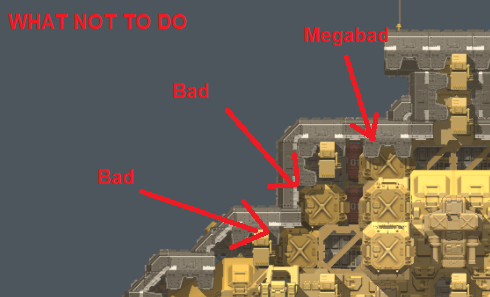
Fig2b, examples of what -not- to do.
TLDR cram components as close to each other as possible, make ship smol as possible for same number of stuff. Put thrusters near the edges/corners for better turning. Put critical components behind less important parts to die as slowly as possible, the order of importance is Ammo & Bridge > Fuel > Generators > Everything else
Basic Design Challenge
Alright, put the above information into practice. Go build a simple ship with following (additional, make sure you incorporate the lessons learned so far) specifications:
Cheap as possible
4. AK-100
Solid top armor
Line of 2×1 Reinforced structure on each side
Thrust-Weight Ratio at least 3
2 static thrusters
No fuel tanks or ammo directly exposed
Range at least 750km
You should have something that looks like this:
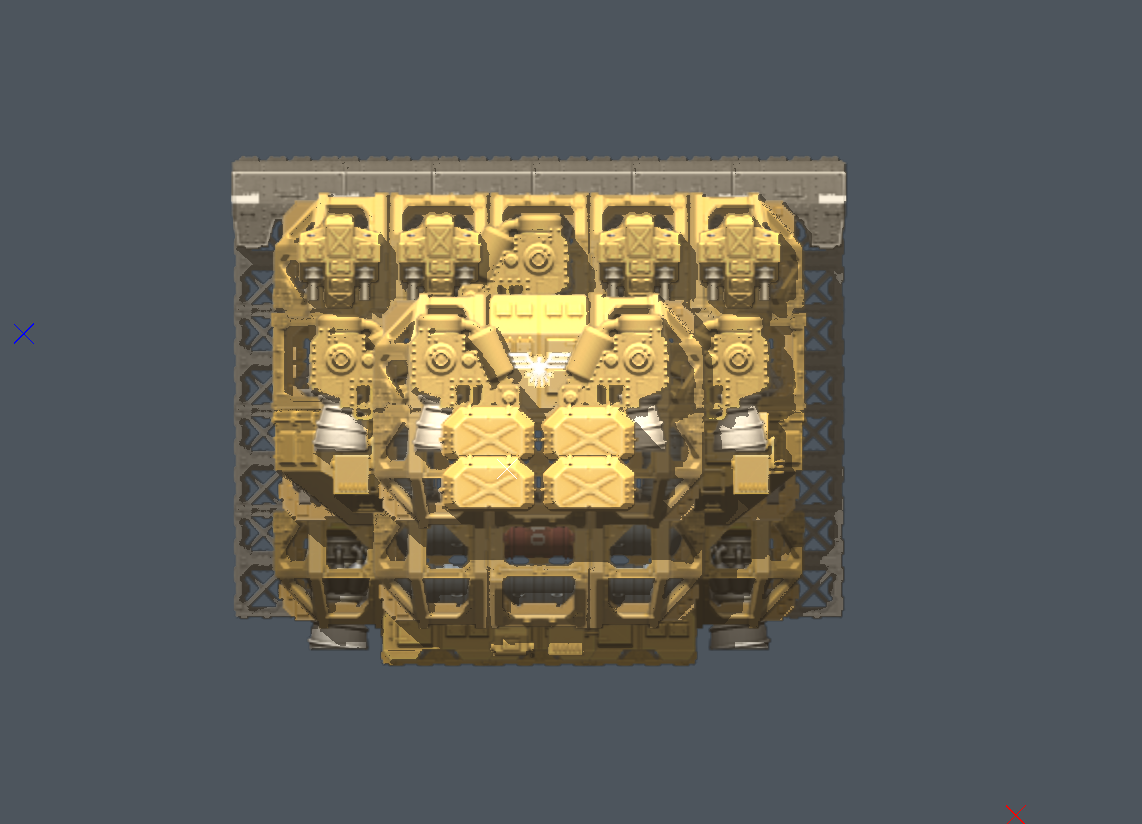
Fig.3 Ugly, and poorly optimized, but that can be fixed!
This is a cheap and basic frigate sized bottom-fighter, one of the more powerful archetypes in Highfleet. Even with this crappy hull you can probably (with decent aiming/dodging) clear Difficulty 3/Small Tester with negligible internal damage…
But your ship is nowhere near it’s potential. Heck, it can’t even land! How to improve this? Well, get ready to read alot of words and stare at lots of pictures… First we’ll overview the parts that go into combat ships before we swing around to advanced design methods…
Turrets
There is no such thing as best weapon, only best weapon for a given situation for a given player. Thus players will have to decide what weapons to fit to what design.
| n | 2A37 | AK-725 | AK-100 | D-80 | MK-1 | MK-2 | MK-6 | A-220 |
| Cal | 37mm | 57mm | 100mm | 130mm | 180mm | 180mm | 180mm | 220mmR |
| Mag | 50 | 14 | 4 | 4 | 1 | 2 | 6 | 6 |
| RoF (burst length) | 2000 (1.51) | 350 (2.4) | 400 (0.6) | 240 (1) |
N/A | 180 (0.66) |
180 (2) |
120 (3) |
| Reload (per second) | 20 (2.5) |
10 (1.4) |
7 (0.57) |
10 (0.4) |
6 (0.16) |
10 (0.2) |
7 (0.85) |
20 (0.3) |
| Turret Speed | Normal | Normal | Normal | Normal | Slow | Slow | Very Slow | Normal |
| $$$ | 3000 | 1500 | 2000 | 4000 | 4000 | 6000 | 24000 | 4000 |
| Size | 1 | 1 | 1 | 1 | 1 | 1 | 4 | 1 |
| Ammo Req | 1 | 1 | 1 | 1 | 2 | 4 | 8 | 4 |
| Power Req | 0.7 | 0.7 | 1 | 1 | 1.8 | 2.4 | 6 | 3 |
| Crew Req | 6 | 6 | 6 | 6 | 12 | 24 | 50 | 5 |
In terms of damage per shot (and anti-armor performance when using non-AP munitions), the weapons efficiency is:
37mm < 57mm < 100mm < 130mm < 220mmR* < 180mm
*Rocket launchers are very effective when they connect, but their rocket rounds start out slow, then accelerate, requiring a different lead reflex compared to firing guns. Their rockets are also easier to shoot down/dodge than cannon shells.
2A37
With good aim, the CIWS can be extremely potent against lightly protected opponents with it’s 2000 RPM and 50 round magazine. However, it takes 20 (!) seconds to reload it’s magazine, meaning once the readied rounds are depleted, holding down the trigger only fires 2.5 shots per second! Therefore if your aim is bad, it is recommended you open fire only when you have maneuvered into point blank range.
(The 2A37 also my recommended weapon of choice for Air Defense ships and a good secondary battery for larger combat ships to shoot down incoming shells and missiles)
Ammo Types: HE, Incendiary
AK-725
Commonly regarded as a mediocre weapon, the 57mm lacks the stopping power of 100mm+ weapons, and the point-defense ability of the 37mm. However, it is the cheapest gun mount, and actually fairly strong in large numbers (8+) due to it’s large magazine size (14) and great reload rate (10 seconds, or 1.4 rounds per second), extremely friendly for those without a disciplined trigger finger.
Ammo Types: HE, Incendiary
AK-100
On paper, the AK-100 is inferior to the D-80; both have the same magazine size and logistical footprint but the other is higher caliber and does more damage, right?
Yet the AK-100 is a fan favorite, while the D-80 is not. For one, the AK-100 fills it’s 4 round magazine in 7 seconds, while the D-80 needs 10. Next, AK-100 has a fire rate of of 400 RPM compared to the D-80’s 240, meaning a shot-cluster from the AK-100 is almost twice as tight as that from the D-80.
Faster magazine filling speed and higher ROF make it fairly strong in point defense (with Proximity shells).
And of course, it is half the price of the D-80…
Ammo Types: HE, Incendiary, Proximity, Armor Piercing
D-80
For all the advantages of the AK-100, the D-80 offers non-trivially more burst damage up front and better anti-armor performance, as well as a larger proximity shell that has a bigger splash area.
If you are a very good marksman and can reliably hit a ship zooming around while flying fast yourself, the D-80 will simply kill the opponent faster on the same logistical footprint.
Ammo Types: HE, Incendiary, Proximity, Armor Piercing, Laser Guided
MK-1
The first thing you’ll notice when using Big Guns is the reduced turret speed. It just rotates slower than other weapons, making it worse at high speed close range combat. It also requires more power and crew than the standard guns.
Unpopular with most players due to it’s single-shot nature.
Ammo Types: HE, Incendiary, Proximity, Armor Piercing, Laser Guided
MK-2
Quite potent against enemy cruisers with Armor Piercing Ammunition, the MK-2 does cost the same amount as 3 AK-100s and uses more than twice the crew of 3 AK-100s, and uses almost the same power as 3 AK-100s… While there are arguments for not mounting the weight of 3x AK100, the 180mm guns are simply less flexible when not fighting heavy ships.
There is some debate whether players should use 4x MK2 or 1x MK6… it depends on your aiming skills. If you are very confident of your marksmanship then 4x MK2 can be superior.
Ammo Types: HE, Incendiary, Proximity, Armor Piercing, Laser Guided
MK-6
At the cost of a decent frigate before you even factor in logistical footprint, the MK-6 has a higher cost than it’s paper stats show; 8x Ammo requires another 4MW in power and 40 crew to operate… and those crew quarters require power too… and the power generators require more crew.
Altogether a MK-6 costs about 30,000 Gold and adds over 2000 tons of mass to a ship. This is before you consider how many more engines (and fuel and crew and power and armor to protect the huge volume!) it takes to keep the same design speed with that extra mass! To top it off, the MK-6 has the same rotational speed issues as the MK-1 and 2, but worse. Opening fire also causes white flashes and shakes to appear on your screen, making aiming more difficult.
That being said, with good aim and proper ammunition selection you can obliterate an enemy cruiser in a few salvos. Extremely destructive armament, suitable for use on capital ships to fight other capital ships.
Ammo Types: HE, Incendiary, Proximity, Armor Piercing, Laser Guided
A-220
The only ship-based rocket launcher in game, the A-220 offers excellent burst firepower on a relatively low logistical footprint. However, due to difficulty of leading targets, increased ease of dodging and vulnerability of your attack to point-defense, it’s fairly unpopular with players.
Ammo Types: I don’t actually know all the ammo types you can fit to Rocket Launchers.
TLDR: Big guns only cost efficient vs big ships (unless you are Simo Hayha II). AK-100 generally adequate vs everything and can change ammo to be better at whatever it’s facing. Use A-220 if you are a hipster.
Landing Gear Design & Propulsion Selection
Landing Gear
Landing gear (“Legs”) require at least 2 parts for good articulation. They don’t have names as of 1.1, so I will arbitrarily label them:
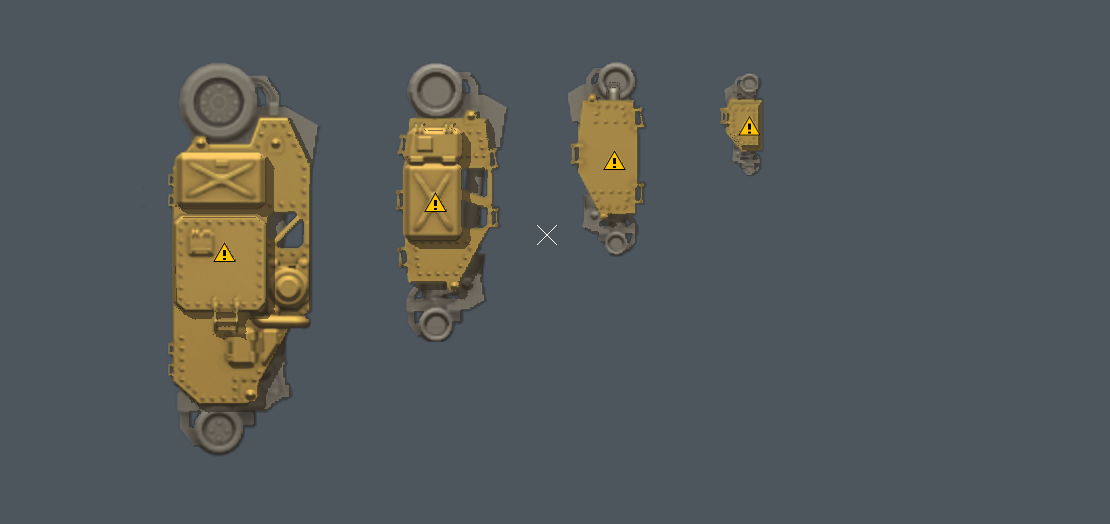
Fig.4a Types A, B, C, D from left to right
| n | Type A | Type B | Type C | Type D |
| $$$ | 400 | 200 | 100 | 50 |
| Power Req | 0.4 MW | 0.2 MW | 0.1 MW | 0.07 MW (*) |
| Mass | 238t | 80t | 18t | 3t |
*Estimate
When piloting a very light ship (say, under 750t) and with good control, you can just use skids to land. But generally most ships should use landing gear, combat ships to gain an edge in repair speed, strategic missile/aircraft carriers for faster reloading of expended missiles/replacement of destroyed aircraft. I even put legs on my tankers and spyships; ships without the ability to land just don’t make sense in this world.
However, especially on smaller ships, you want the lightest possible legs to avoid excessive thrust/power wastage.
For brevity’s sake I’ll just show the types of legs I find appropriate for a given tonnage of ship, though if you are very gentle (zero horizontal motion, less than 9km/h touchdown) with landing you can make do with legs that aren’t quite up to par to save mass/power.
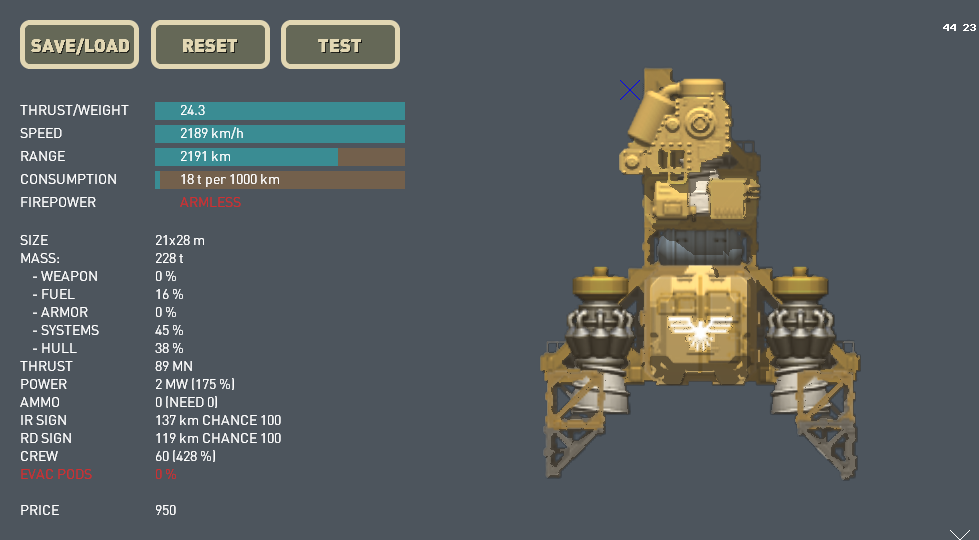
Fig.4b Ultralight

Fig.4c “Corvette Legs” 1x Type C + 1x Type D, suitable for ships up to ~2000t mass

Fig.4d “Frigate Legs” 2x Type C, suitable for ships up to ~4000t mass
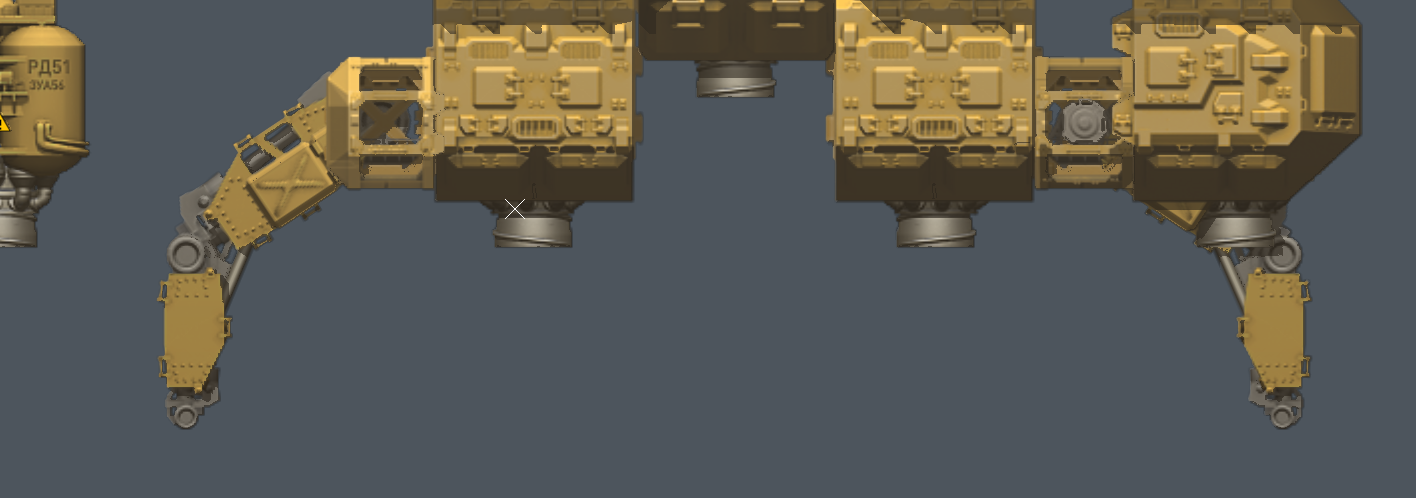
Fig.4e 1x Type B + 1x Type C, suitable for ships up to 8000t
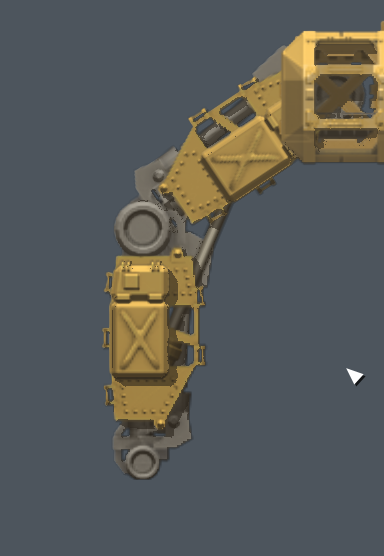
Fig.4f 2x Type B, suitable for ships up to 12000t
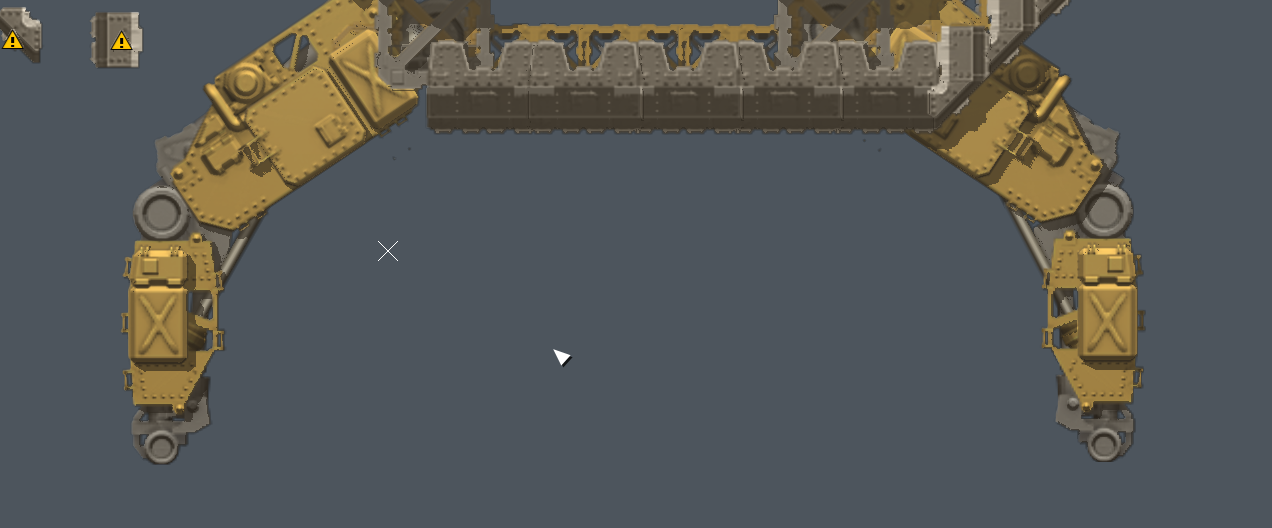
Fig.4g 1x Type A + Type B, suitable for ships up to 16000t
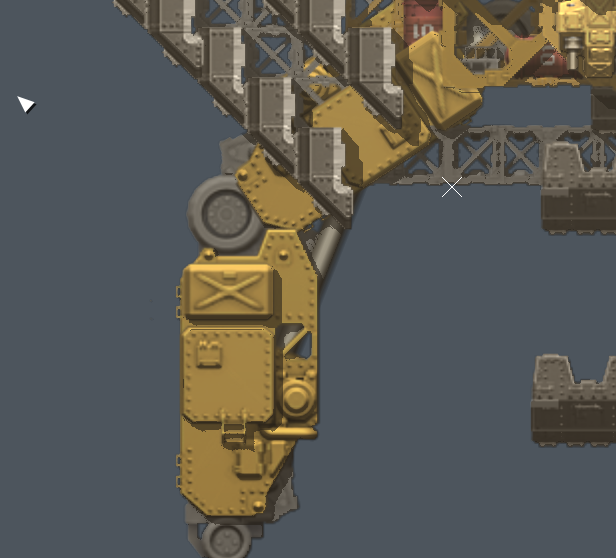
Fig.4h 2x Type A, suitable for ships up to 20000t
For ships that are heavier you can use more than 1 pair of legs to compensate, or just land *very* gently.
Propulsion
The RD series are significantly more fuel efficient but require Large Hull sections. Due to their sheer mass of Large Hull sections it becomes inefficient to build small ships with RD series engines, and very expensive to build fast ships (even if large) with them.
Faster, smaller ships will use D-30, NK-25 and D-30S engines for propulsion. Larger, slower ships should use the RD-59 and RD-51. As stated before, combat ships will want to use mostly gimballed engines and support ships will use mostly static engines.
While it is possible to propel a large ship with small engines, the large ship will have extreme fuel consumption for its mass and design speed, not recommended when fuel is one of your biggest expenses in the campaign.
TLDR: Use small engines for small ships, strongly consider switching to big engines around 6000t of ship.
Defenses
Reinforced Hull
Reinforced hull has the same hitpoint total as an armor block, but at one-fifth of the weight. It’s not perfect, though, because it doesn’t have the damage resistance of armor; you can see this when interlaced armor/reinforced structure triangles get hit by a missile; the structure triangles go deep red or die immediately, whilst the armor triangles (that didn’t fall off from the missing structure) go pink/light red.
They also cost more money and time to repair, and worst of all (unlike hits on armor) hits on structure trigger a “bullet holes on your screen” graphical effect. Very distracting.
Still, we expect Reinforced Hull’s weight to increase or Armor to be buffed in upcoming patches…
Armor
Armor is very massive, but offers damage resistance (i.e. many 37mm bullets will do less damage to armor than they would hull) and is cheap to repair. I go over ways of applying armor (and Reinforced Hull) in Advanced Construction Techniques.
Flares
With a small amount of speed and some flares, you can just tell infrared-guided missiles to not hit you. Each launcher comes with 30 flares preloaded, but buying more isn’t doesn’t extend the capacity as all your flare launchers will fire a flare whenever you order a launch.
Generally you want to push flares into a direction you are moving away from, but on larger ships you can just fit 4-8 flare launchers and put them in every facing.
Active Protection System
Extremely expensive at $1500, the Palash APS has 2 shots and takes 20 seconds to reload. They also have a RoF of 400/m (or 6 per second) so they can be overwhelmed or run out of defense charges very quickly.
That being said, it’s one of the few defense systems that doesn’t require the player to micromanage to function, and they can fire from behind one layer of armor. If you abuse elevation mechanics (will be covered in a following section) you can fire over multiple layers of armor, very handy for staying alive.
Assorted tips for Crew, Power, Ammunition and Emergency Systems
-Fire suppressors have a limited range. On bigger ships try to spread out your fire suppression systems to cover more blocks; I believe they have a range of 4. Very small ships don’t have the room for more than 1, and other ships can be protected with a handful.
-Notice how the Auxiliary Generator costs $150 and produces 2.8MW, whilst the full-size Generator costs $200 and produces 6MW. Usually you should use 0-1 Auxiliary generators if you care about cost efficiency.
-For Ammunition and Crew, the half-size 2×1 parts have half the capability/capacity; but the half-size parts weigh about 30% more. Due to the Gimbal-Triangle building technique (explained in the following section) you can get more capacity in your ship by squeezing in 1×2 blocks, but your weight efficiency will decrease. Almost always worth it if using armor, as the weight saved from using less armor can be enormous.
-Escape Pods do not require power or to be connected to the ship’s interior. Simply put a structural triangle and an escape pod somewhere.
Tactical Missiles
Missiles that can be launched in Tactical Combat come in three varieties:
| n | R-5 Zenith | R-6 Nadir | R-9 Sprint |
| $$$ | 600 | 1200 | 300* |
| Size | 2×1 | 2×1 | 1×1 |
| Damage | 200 | 400 | 100 |
| Anti-Ship? | Y | Y | N |
| Speed | 300 | 300 | 400 |
| Agility | 10 | 5 | 5 |
They each require 2 crew (presumably for maintenance) and must be connected via hull segments.
R-5 Zenith
The bread and butter tactical missile, it requires no aiming/leading/or any manual input after launch (other than not flying straight into it) and can reliably hit a slow target. However, it’s not cheap (compared to the free HE round replicator that comes free on our flagship) and can be dodged pretty easily by small ships, and shot down by bigger ships. On the other hand, it can 1-shot smaller ships if they get hit in a vulnerable area. They offer a way for very quick/lightly built fast ships to deal lots of damage in a short timeframe at a steep monetary cost.
R-6 Nadir
Twice the damage at twice the cost, the Nadir has a few major downsides: only half the agility of the Zenith (not that it matters vs larger ships), same missile hitpoint total (meaning they are just as easily shot down) and are unavailable from Main Menu Shipworks (must unlock a Gladiator then shift-place Nadirs from it).
Still, twice the damage potential in the same space can be an attractive proposition.
R-9 Sprint
The only Radar-Guided missile that you can fire in tactical, the Sprint requires a Fire Control Radar to fire, and you can only have as many in the air as you have guidance channels; so the low price is actually kind of deceptive.
It cannot target enemy ships, which is a shame because it’s speed would make it a great light ship hunter and also give combat ships a reason to fit electronics. It’s accuracy versus cruise missiles is poor, but you should fire at least one immediately during air defense missions as the exhaust trail will immediately point out which direction the missiles are coming from; much easier to defend yourself when you have an extra second of warning time to fire your guns/dodge.
Advanced Ship Construction Techniques
There are advanced construction techniques that you may have realized already; to extract more performance than the simple design process done earlier. They do conflict with each other, at least partially, and thus a player will have to pick what to prioritize in their ship.
Gimbal-Triangle Volume Conservation
Gimbal components (Turrets, Landing Gear, Gimballed Thrusters) do not actually use the corners of their hull section. Therefore with some foresight one can pair notched hull sections or triangular hull sections and fill the gap using small 1×1 structure triangles, then fit a 2×1 component inside. This effectively “saves” 25% gimballed component’s volume, greatly benefiting the Rule of Compactness!
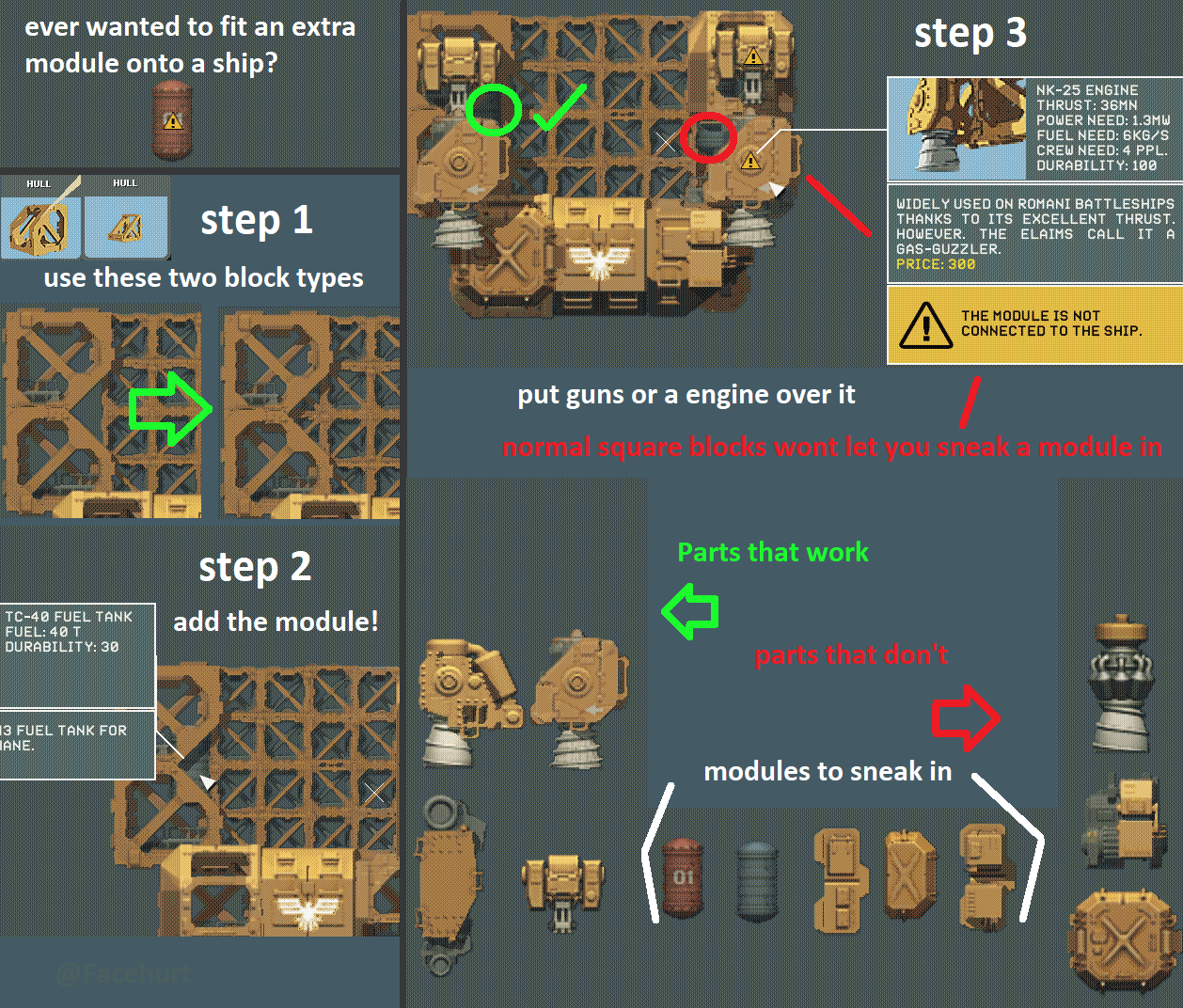
Fig 5a (Hat tip to u/Facehurt on Reddit!)
However, partial hull sections do not elevate the same way full hull sections do, so it may be difficult to always pair notched hull sections on a larger ship intending to abuse Z level elevation.
Furthermore, due to the way gimballed thrusters block other large components (turrets, other thrusters) it may not always be possible to have all thrusters in paired notched hull structure -and- full torque with all corners filled with thrusters.
Z-Level Elevation Management
Missiles on external pylons are a common feature on many stock ships, but you are forced into a “use-em or lose-em” scenario with how they are so exposed. Similarly, APS systems stopping the 180mm round from hitting you while your CIWS was reloading feels great, but don’t you wish those $1500 components were better protected? Large fuel tanks are extremely efficient, but it sure sucks that they block your gun’s line of sight. Would be nice if you could just shoot around them.
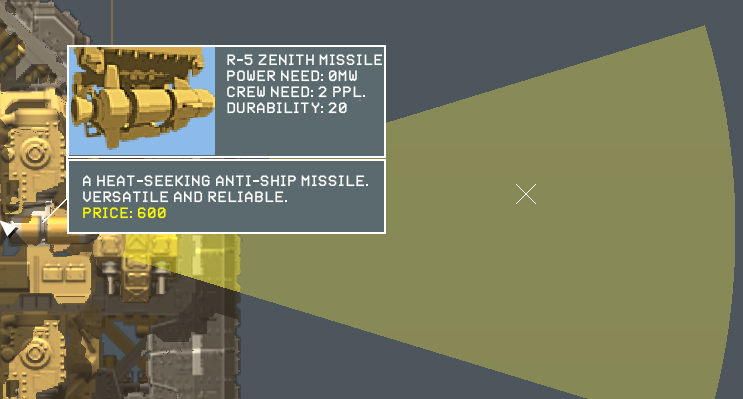
Fig5b
With proper elevation management, this is all possible. Surrounding a hull structure block with others will raise it past their neighbors. Structure that is 2 higher than armor (and not blocked by neighbors between it and the armor) can shoot over it, allowing you to stack multiple layers of armor and still have Zeniths or Nadirs (this does not work for Sprints, sadly) on call, or hide Flare launchers or APS where they are deeply protected yet receive full coverage.
Advanced Armor Schemes
Armor-Armor Interlaced Triangles
(As of 1.1) Armor triangles have the same health as a 1×1 armor block, yet only occupy half the space. You can then interlace 2 armor triangles in the same spot for twice the hitpoints. This is extremely strong, but doesn’t double your hitpoints in all scenarios; for one you’ll be eating more blast damage as the blast AOE will affect more triangles, and for another some of the triangles will be attached only to other armor triangles, and thus fall off without having lost their entire hitpoint pool. Finally, it is quite a bit more expensive to use.

Fig5c
Armor-Reinforced Hull Interlaced Triangles
Reinforced hull takes significantly more damage from low caliber bullets and missile blasts than armor, but is significantly lighter in terms of weight. This technique allows one to have most of the benefits of armor vs bullets (and less bullet-hole-in-screen glitches) while using far less mass than solid armor.

Fig5d
Ultralight Design
Go to Shipworks (or save your current design then Reset if already in Shipworks). Place a standard hull section, the brown square of the same size as your bridge.
Now do it again, but use a triangle. See this mass difference? The aluminum 2×2 squares are 26 tons, yet the triangles are 12, while both can mount gimbals.
The objective of Ultralight Design is to minimize mass and use the lightest possible hull structure to support a given set of components. The advantages are pretty obvious, especially for smaller ships, but having less connections between sections of hull means that it is easier for your ship to fall apart from damage.
Most support ships will prefer prioritizing Ultralight Design to maximize fuel economy, but Sensor ships may wish to maximize usage of compact volume techniques instead to reduce their volume and therefore sensor signature, allowing them to see the enemy without being seen themselves.
Partial Hull structures do not behave the same way as Full Hull with Z level mechanics, this can be useful or detrimental.
As combat ships get bigger, however, especially if they mount lots of armor, the small reduction of hull mass becomes meaningless, while the penalty from fragile hulls grows.
Adept Combat Ship Design
OK, now with the above techniques, while maintaining the earlier firepower/speed/thrust stats:
-Use Gimbal-Triangle layouts to squeeze few fuel tanks and FSS between your gimballed components
-Use Z-Level elevation to put 2 Zeniths inside your armor but able to fire
-Use interlaced Reinforced Hull/Armor Triangle layout on your sides, and under a solid top armor belt.
-Put in 5 Palash APS, 1 for top/left/right and the 2 top corners. Oh, and put a Flare launcher point at each corner.
-Put some armor triangles on the bottom. Do not fully block static thrusters – if they give warning signs then you have a problem.
Congratulations! Your ship should look like this!
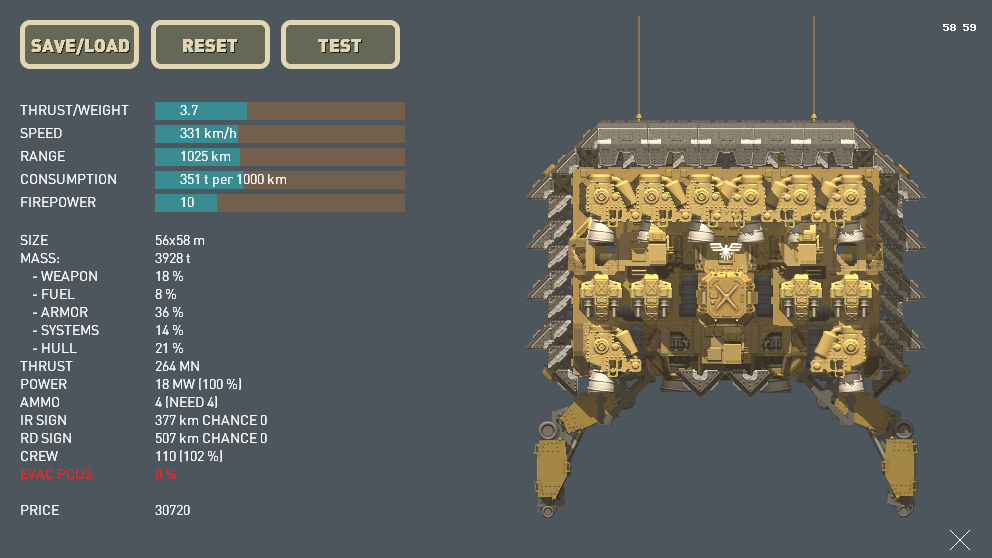
Fig6
Good pilots should be able to tackle Small/Medium 5 without any real internal damage, pretty good for ~30,000 credits!
And now we move to the less exciting – but no less important – part of ship design, auxiliary ships.
[WORK IN PROGRESS]
[YOUR FEEDBACK IS CRAVED]
This is all about HighFleet – Ships Building Tutorial + Combat Ship Design Guide; I hope you enjoy reading the Guide! If you feel like we should add more information or we forget/mistake, please let us know via commenting below, and thanks! See you soon!
- All HighFleet Posts List


Leave a Reply